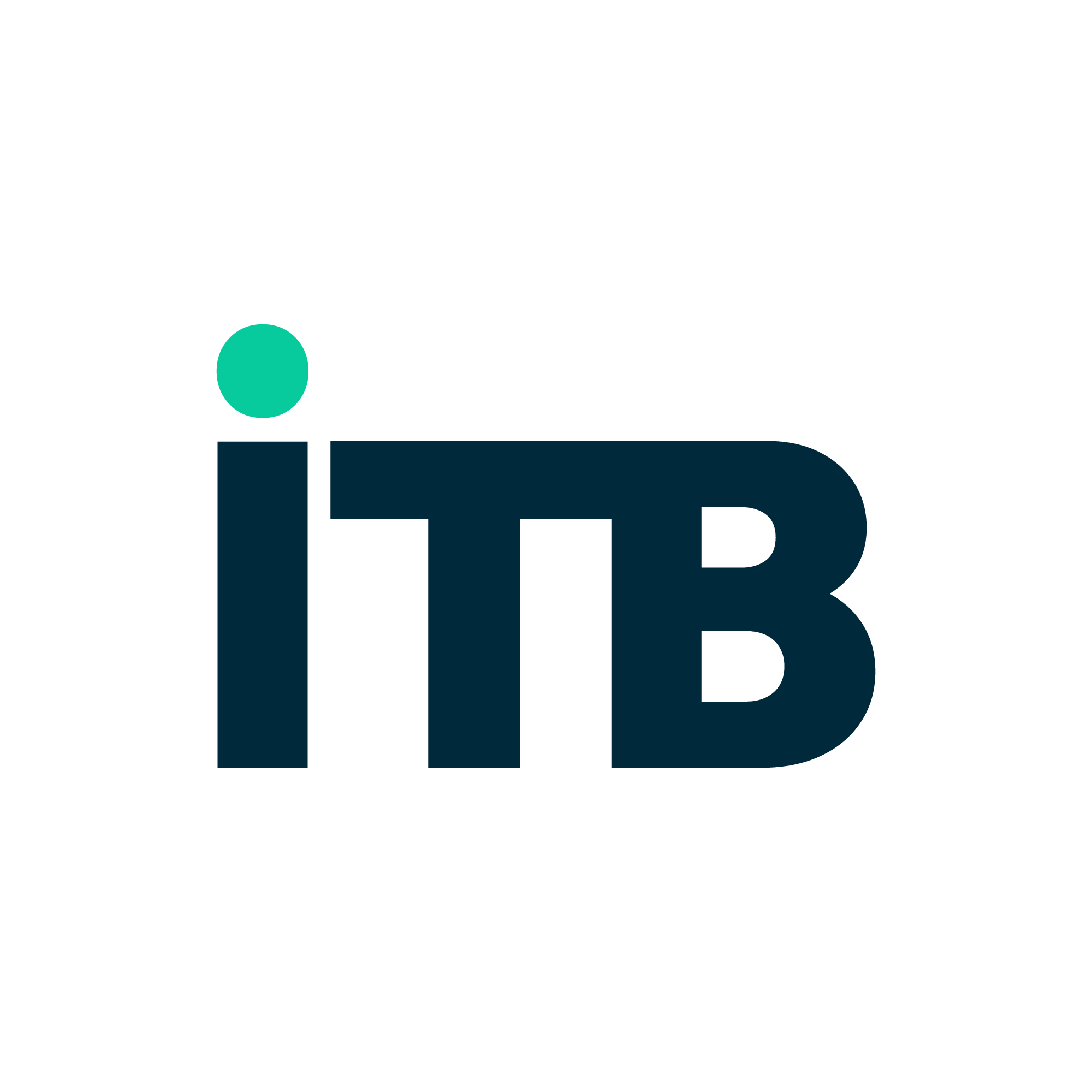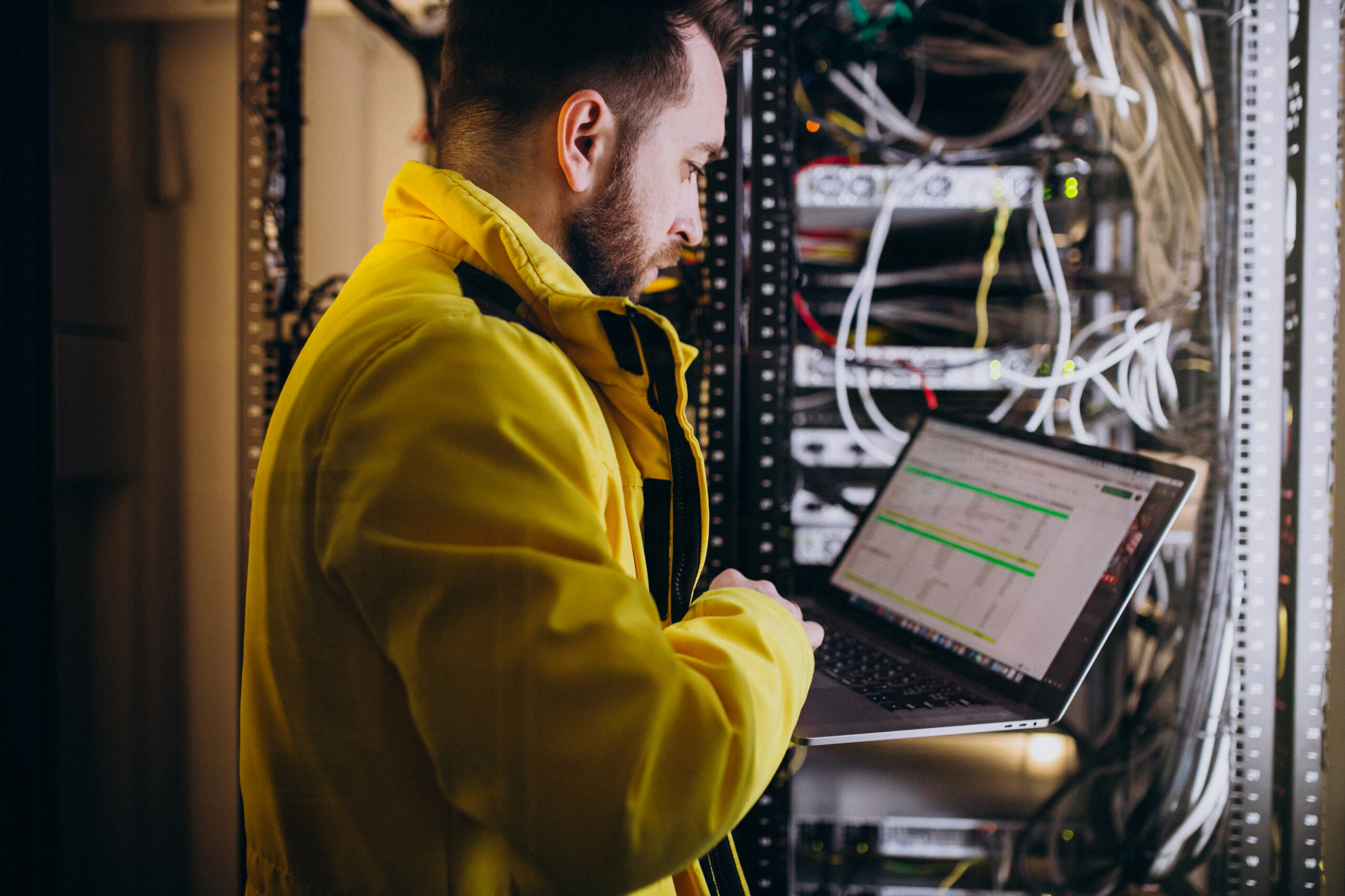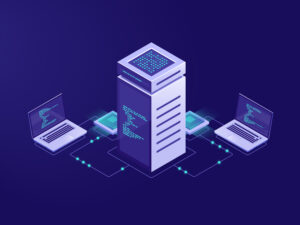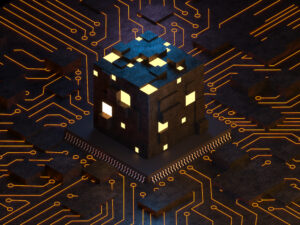Not long ago, the cloud was the holy grail of digital transformation. It gave us scalability, storage, and access like never before.
But then came IoT — with millions of devices pumping out real-time data every second.
And suddenly, cloud wasn’t enough.
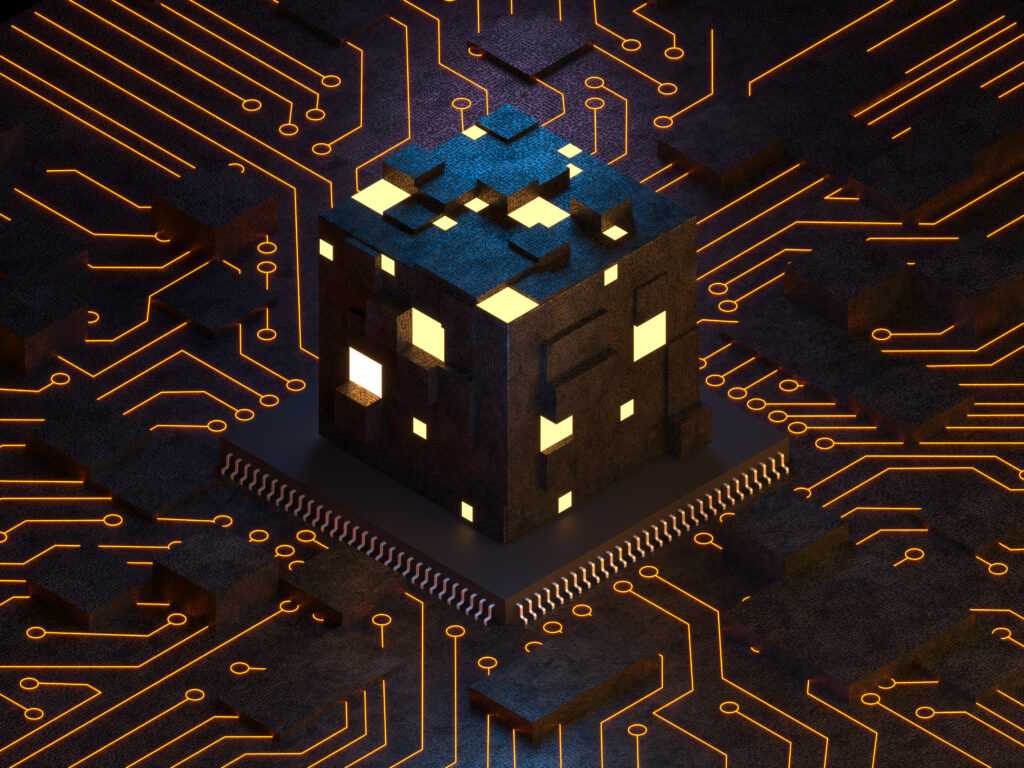
The Data Surge That Broke the Mold
Imagine this: thousands of smart sensors embedded across a city. They track traffic flow, air quality, power usage, and even waste levels — all in real-time.
If every one of those sensors sent data to the cloud for processing, two things would happen:
Lag: Even the fastest cloud service can’t promise millisecond responses.
Bandwidth Overload: Constant data transmission clogs networks and drives up costs.
The solution? Move the processing closer to where the data is created. That’s edge computing — and it’s flipping the traditional cloud model on its head.
Cloud vs Edge: A Quick Comparison
| Feature | Cloud Computing | Edge Computing |
|---|---|---|
| Data Processing | Centralized (in remote servers) | Decentralized (near the source) |
| Latency | Higher due to roundtrip communication | Low – ideal for real-time decision-making |
| Bandwidth Usage | Heavy | Lightweight |
| Security | Can be vulnerable during data transfer | Enhanced by local processing |
| Ideal Use Cases | Data archiving, deep analytics, backups | Real-time control, quick alerts, autonomy |
Why Edge Makes Sense for IoT
IoT devices aren’t passive data collectors anymore — they’re active participants in decision-making. And edge computing gives them that ability.
Here’s how IoT + Edge changes the game:
Speed
Devices don’t have to “wait” for cloud decisions.
Smart machines, traffic lights, or medical devices can act instantly.
Security
Processing data locally reduces exposure to external threats.
Sensitive information stays closer to its source.
Cost
Less bandwidth = less money spent on data transfers and storage.
Only meaningful insights are sent to the cloud, not raw noise.
Real-World Impact
1. Smart Cities
Surveillance cameras detect unusual behavior and send alerts without cloud delay. Traffic signals adjust in real-time based on live congestion data — not a predefined schedule.
2. Healthcare
Wearables alert doctors about abnormal vitals without needing to connect to a distant server. Every second saved could mean a life saved.
3. Industrial IoT
Factories monitor machine performance and predict maintenance needs on the spot — reducing downtime and maximizing productivity.
So… Is the Cloud Dead?
Not at all.
The cloud still plays a vital role in storing historical data, training AI models, and running large-scale analytics. But for immediate action and smarter devices, edge is taking center stage.
The future is hybrid — edge and cloud working together:
Edge handles real-time actions and local decision-making.
Cloud takes care of the bigger picture and long-term insights.
It’s Not Just a Shift — It’s a Redefinition
The transition from cloud-first to edge-enabled architectures isn’t just an infrastructure update — it’s a whole new mindset.
It’s about giving devices brains, not just mouths. Instead of endlessly shouting data into the cloud, they think first, then speak.
That’s how IoT is redefining data processing — faster, safer, and smarter, right at the edge.
